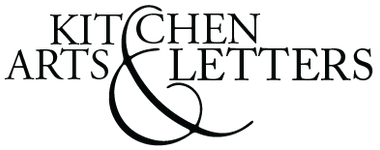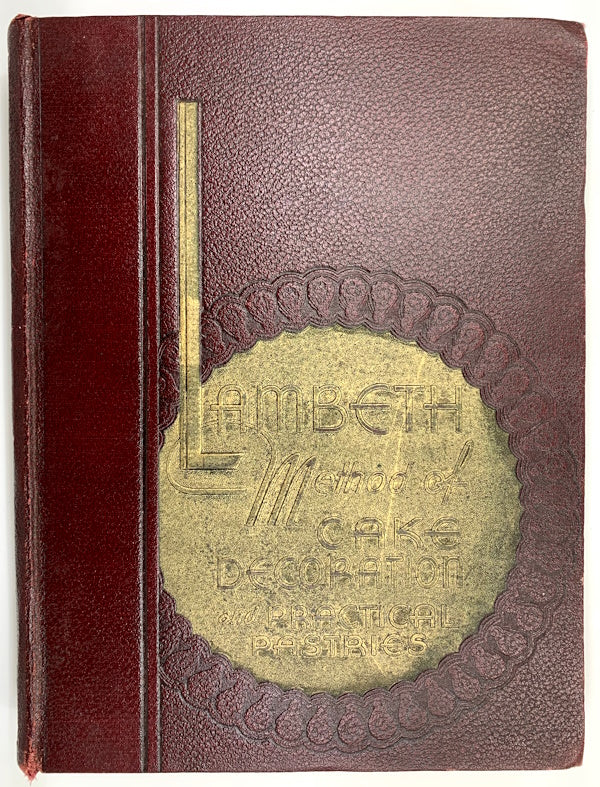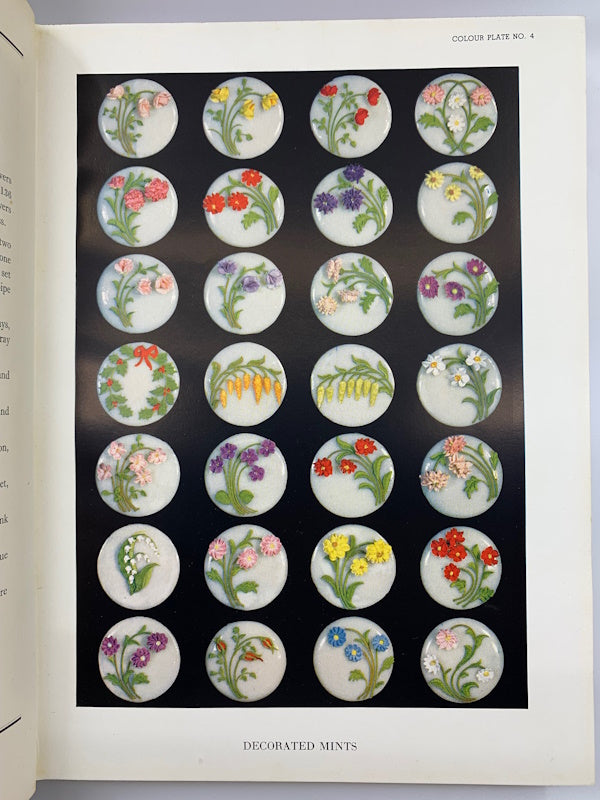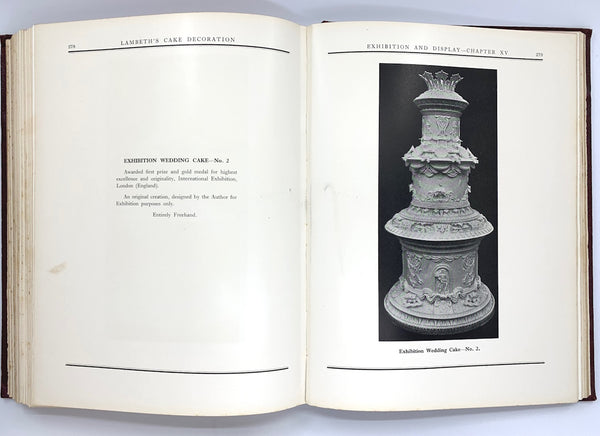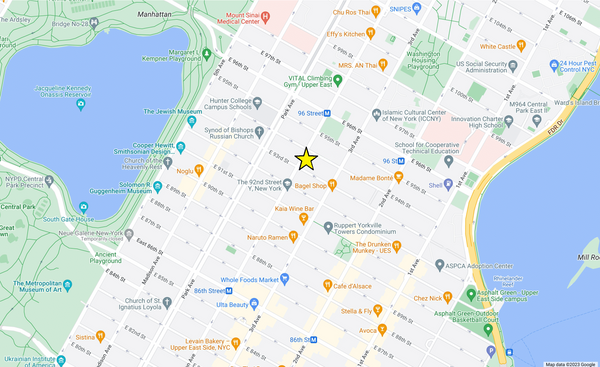OP: Lambeth Method of Cake Decoration and Practical Pastries
Virtue and Company Limited, 1937. Hardcover. Very Good Minus. Second Edition.
Extravagant cake design in Europe and the United States had a golden age in the late nineteenth and early twentieth centuries when colonialism had made ingredients such as sugar, chocolate, and vanilla available in significant enough quantities to be utilized in superfluity. Pastry and baked goods became more elaborate and grandiose.
The overpiping technique for cake decorating was developed in this time period and likely has roots all over Europe, but it was popularized by a British expatriate living and teaching in Chicago, Joseph Lambeth.
What is now known as the Lambeth technique consists of careful, deliberate piping, typically of royal icing, to create architectural and lacelike texture. Between the often monochromatic white-on-white color scheme, the level of difficulty, and the time consumed to execute, the technique became associated with wedding cakes, examples of which can be found at the matrimonial events of several British royal couples.
At the urgence of his disciples, Joseph Lambeth self-published Lambeth Method of Cake Decoration and Practical Pastries in the United States on a limited run in 1934. UK publisher Virtue and Company picked up the book and published their edition in 1936, which states “first edition” on the title page. Though the majority of the material within concerns itself with the cake design with which he was most associated, Lambeth also covers French and Danish pastries, petit fours, tea cakes, and gum paste and sugar molding.
We are pleased to offer here Virtue and Company’s 1937 second edition, which includes additional material directed toward the European audience: buns, scones, and other traditional baked goods.
Our copy is in Very Good Minus condition, though somewhat shelfworn with bumped corners, to which such large and hefty (12.25” x 9.5” x 1.5”) books are prone. The interior is clean and unmarked, though the endpapers are toning and bear a previous owner’s signature at the front. The binding is sound. We found laid in an original Lambeth gondola template and left it for the next owner. Black and white photography and 20 color inserts supplement the technical material, making the tome a valuable resource for professionals still. It is in demand and not often found.
